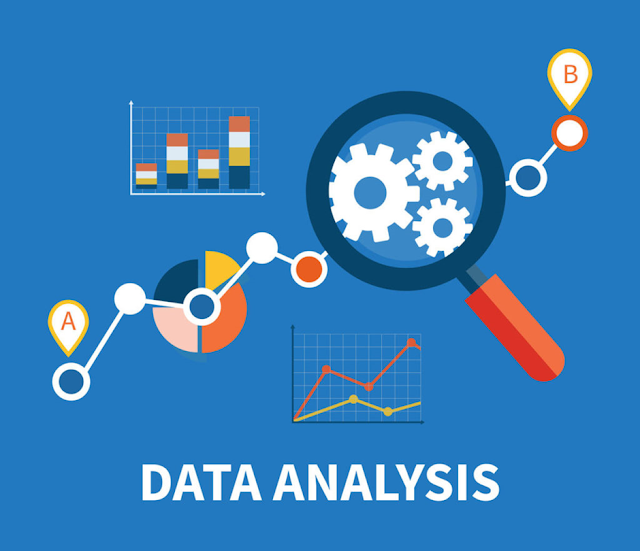Data Analysis
Data
Analysis: Unveiling Insights from Raw Data
Data
analysis is the process of examining, cleaning, transforming, and interpreting
data to discover meaningful patterns, trends, and insights. Whether you’re a
business analyst, scientist, or curious learner, understanding data analysis is
essential in today’s data-driven world.
1. Data
Collection and Preparation
Before
diving into analysis, you need data. Collect relevant data from various sources
such as databases, spreadsheets, APIs, or web scraping. Ensure data quality by
addressing missing values, outliers, and inconsistencies. Clean and preprocess
the data to make it ready for analysis.
2.
Exploratory Data Analysis (EDA)
EDA
involves visualizing and summarizing data to understand its characteristics.
Key steps include:
- Descriptive Statistics: Compute measures like mean, median, and standard deviation.
- Data Visualization: Create plots (histograms, scatter plots, etc.) to explore
relationships and distributions.
- Correlation Analysis: Identify relationships between variables.
3.
Statistical Analysis
Statistical
techniques help you draw conclusions from data. Common methods include:
- Hypothesis Testing: Assess whether observed differences are statistically
significant.
- Regression Analysis: Predict outcomes based on independent variables.
- ANOVA (Analysis of Variance): Compare means across different groups.
4. Machine
Learning and Predictive Modeling
Machine
learning algorithms can predict outcomes or classify data. Examples include:
- Linear Regression: Predict numeric values.
- Decision Trees: Create decision rules.
- Clustering Algorithms: Group similar data points.
5. Data
Visualization
Visualizations
make complex data more accessible. Use tools like Matplotlib, Seaborn, or
Tableau to create charts, graphs, and dashboards. Choose the right
visualization type based on your data and goals.
6.
Communicating Results
Your
analysis is valuable only if you can communicate it effectively. Write clear
summaries, create compelling visuals, and explain findings to stakeholders.
Remember that storytelling matters!
Conclusion
Data
analysis is a powerful tool for extracting insights from raw data. Whether
you’re analyzing sales data, health records, or climate data, mastering these
techniques will empower you to make informed decisions.

Comments
Post a Comment